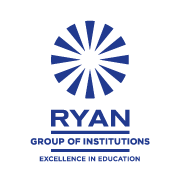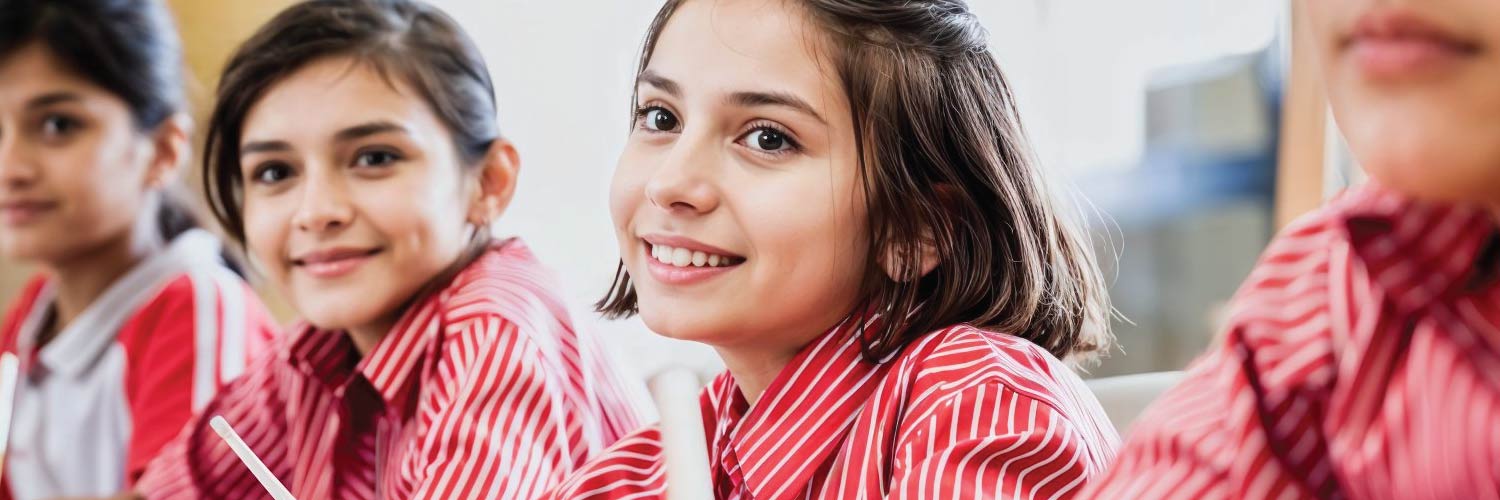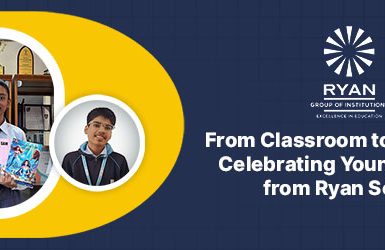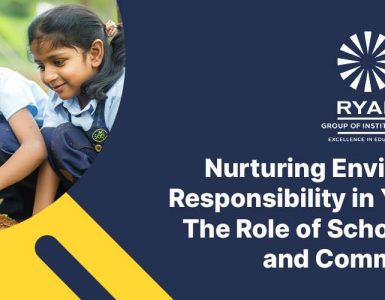In today’s rapidly changing world, schools that place a high premium on fostering creativity stand out. As the boundaries between disciplines blur and innovation becomes the key to progress, students need more than academic knowledge. They need the tools and mindset to become inventive thinkers, problem-solvers, and change-makers. At Ryan Group of Institutions, cultivating a culture of innovation in education is central to our mission. This blog explores how schools can foster creativity and innovation in young minds. We shall also look at some interesting initiatives at the Ryan Group schools.
The Case for a Creative Learning Environment
Traditional education in India emphasizes more on rote learning and assessment of memory. Not much importance is given to inculcating curiosity, exploration, collaboration, and creativity in young minds. However, these skills are key to navigating these crucial times where technology evolves at breakneck speed. A creative learning environment encourages:
- Lateral thinking and experimentation
- Design-driven projects that apply classroom knowledge
- Interdisciplinary approaches that integrate art, science, and technology
- Acceptance of failure as a learning tool
These skills, collectively known as 21st-century learning skills, are foundational to preparing students for the future.
Parents’ Aspirations
Modern Indian parents are slowly but surely growing out of the “exams and marks” mentality. They want their children to think for themselves, solve problems, and adapt to new situations. They look for a holistic education from schools, which go beyond the boundaries of printed books and introduce their children to the skills that will help them thrive in any situation.
How Can Schools Encourage Creativity and Innovative Thinking?
Here are a few ways schools can help children become more creative:
- Let Children Ask Questions
Schools should allow children to be curious. They should encourage students to ask “why” and “how” freely. Teachers should ensure that no child hesitates to ask questions–however “silly” it might sound. Teachers must let children have open discussions and encourage different opinions without judging.
- Learning by Doing
Students learn better when they try to do things with their hands. Activities like science experiments, drawing, acting in plays, or building small models help them think better. These are called hands-on learning experiences. This practice can be introduced right from the primary classes through activities like sand play, building blocks, water play etc., and gradually developed as they move into higher classes.
- New Ideas Over Just Marks
Exams and scores are important. However, schools must not be heavily focused only on exams and marks. Instead, schools should also reward good ideas. If students think differently or try a novel idea, they should be appreciated even if their ideas fail. The teachers must also help students understand the reasons their idea did not work out. This will help children improvise their ideas and see through its success.
- Creative Spaces in School
Some schools have special rooms like “Tinkering Labs” where children can use tools and make things. These places build excitement about learning. For example, the Atal Tinkering Labs in many Indian schools are helping students turn ideas into reality. A flagship initiative by NITI Aayog, Atal Tinkering Labs (ATLs) aim to promote innovation in education across India.
Twenty Ryan Schools are proud recipients of the ATL mandate. These school innovation labs empower students to ideate, build, test, and refine projects through design thinking in schools—a structured but playful way of addressing real-world challenges. ATL activities at Ryan International are thoughtfully curated, blending technical skill-building with creative exploration.
The Atal Tinkering Lab of Ryan International School, Greater Noida, is featured in the Limca Book of Records for participating in an e-waste awareness and collection drive, by collecting 245kg of e-waste, along with 15 other schools collecting a total of 3,107 kgs of e-waste. The event was organized by Grey Sim Ltd in collaboration with 15 Atal Tinkering Labs.
- Mixing Subjects
One of the striking pedagogic feature of CBSE syllabus, which is supported by New Education Policy (NEP-2020) as well, is the cross-disciplinary curriculum. Students are encouraged to apply the skills and concepts they learned across subjects. For example, when art is mixed with science, or when stories are used to teach history, children become more interested. It also helps them think in new ways.
- Giving Space and Time for Free Thinking
Children need time to think freely. Schools can organize some quiet time or group activities where the students share ideas, draw, write, or build together. Dedicated sessions for design thinking, adaptive learning, and computational thinking can help students get into a comfortable creative zone and express their ideas freely.
Looking Ahead
As the global educational and technological landscape evolves, schools must shift from preparing students for existing roles to empowering them to build new ones. Through initiatives like Ryan Group Atal Labs, Ryan schools are committed to creating platforms that foster creativity in schools, not just as an extracurricular activity but as a core competency.
By embedding innovation in education and nurturing a creative learning environment, Ryan International Schools are not just future-ready—they’re future-defining.




